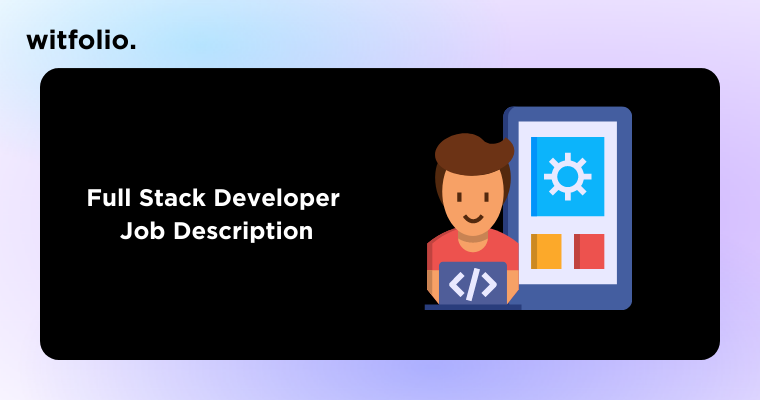Full Stack Developers play a crucial role in the development of web and mobile applications. They are responsible for creating and managing both the front-end and back-end components of a software project, making them a valuable asset to any tech team.
Who is a Full Stack Developer?
A Full Stack Developer is a professional who possesses the skills and knowledge required to develop complete web applications, including front-end and back-end development. They work with multiple technologies and frameworks to create scalable, robust, and high-performing applications.
Roles and Responsibilities of a Full Stack Developer
A Full Stack Developer has a variety of roles and responsibilities, including:
- Developing and implementing user-friendly web pages using front-end technologies such as HTML, CSS, and JavaScript
- Building server-side applications using languages such as Java, Python, or PHP
- Managing database systems using SQL or NoSQL technologies
- Developing and implementing RESTful APIs to integrate front-end and back-end components
- Ensuring the scalability, performance, and security of web applications
- Debugging and troubleshooting technical issues in both front-end and back-end components
- Collaborating with cross-functional teams, including designers, product managers, and software engineers, to develop innovative solutions to complex problems.
Skills Required for a Full Stack Developer
A Full Stack Developer needs to have a variety of technical skills to be successful in their role, including:
- Proficiency in front-end technologies such as HTML, CSS, and JavaScript
- Experience with server-side languages such as Java, Python, or PHP
- Understanding of web development frameworks such as Angular, React, or Vue.js
- Knowledge of database management using SQL or NoSQL technologies
- Experience with version control systems such as Git
- Understanding of RESTful API development and integration
- Knowledge of DevOps tools and processes, including deployment, monitoring, and scaling.
Qualifications Required for a Full Stack Developer
While there is no specific educational requirement for becoming a Full Stack Developer, most companies prefer candidates with a Bachelor’s or Master’s degree in computer science or a related field. Additionally, experience in web development, software engineering, or a related field is highly valued.
What Does a Full Stack Developer Do?
A Full Stack Developer is responsible for developing and implementing complete web applications, including front-end and back-end development. They work with a variety of technologies and frameworks to create scalable, robust, and high-performing applications. Additionally, they collaborate with cross-functional teams to develop innovative solutions to complex problems.
Final Word
The Full Stack Developer job description is evolving as the digital landscape continues to evolve. With the growing demand for web and mobile applications, Full Stack Developers are becoming increasingly important to tech teams. They possess a wide range of technical skills and work collaboratively with cross-functional teams to create innovative solutions to complex problems. If you have a passion for web development and the required skills, becoming a Full Stack Developer may be an excellent career choice for you.
FAQ
It’s challenging to become a proficient full-stack developer in 3 months, but with the right resources, dedication, and practice, it’s achievable.
There is no one-size-fits-all answer, but popular languages for full-stack development include JavaScript, Python, and Ruby on Rails.
It depends on your prior knowledge and learning style, but some popular and beginner-friendly stacks are MEAN, MERN, and LAMP.
The average salary of a full-stack developer in India ranges from 4 to 10 LPA, depending on experience, skills, and location.
Computer science or a related field is preferred, but it’s possible to become a full-stack developer with self-learning and bootcamps.
As a junior full-stack developer, you will assist in designing, developing, and maintaining web applications, collaborating with senior developers, and troubleshooting issues.
The demand for full-stack developers is increasing as more businesses shift online, with opportunities in web development, mobile development, and software engineering.
A full-stack typically consists of presentation layer (client-side), application layer (server-side), and database layer.
Disclaimer
This article is solely for educational purposes. Witfolio or its team doesn't take any responsibility for the information or claims made in the blog.
